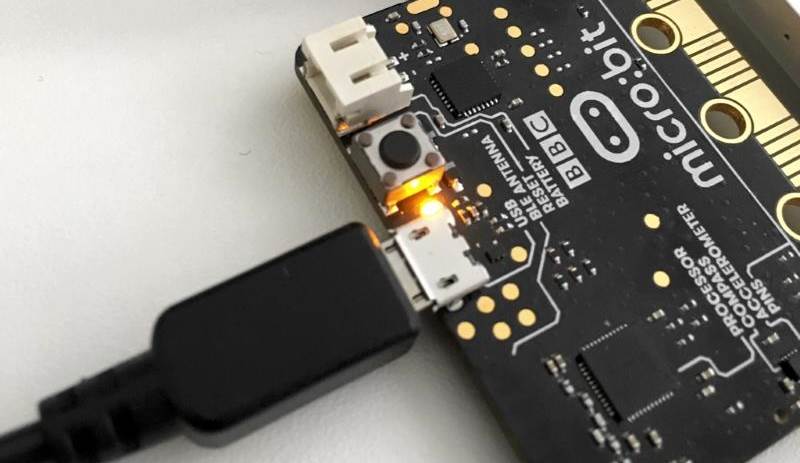You have your program running on your micro:bit, but it is still tethered to your computer. There are a number of ways to solve this problem…batteries, batteries and more batteries!
Learn how to:
JST Connector:
The most obvious common and convenient of powering the BBC microbit would be the on-board JST connector. A simple 2xAAA battery holder with JST connector can be used, ours has an M3 mounting hole in the centre which makes it perfect for use with our Acrylic protector case as below. With this option the BBC microbit is powered and protected whilst still allowing access to the micro bit breakout board.

Micro USB:
The on-board micro USB connector whilst very commonly available is not a very portable solution, but could be of great use for projects where the BBC microbit stays in the same location.

GPIO Pins:
There are some other options available for powering your BBC microbit, including the clearly marked 3V and 0V GPIO pins on the edge connector of the board.

Direct connection:
There are two pads on the back of the BBC microbit which can be powered with a direct connection. The 3V pin is the one closest to the edge connector as indicated in the image below.


OSOYOO breakout board for the BBC microbit:
The breakout board for the BBC microbit brings real portability to your projects. The stylish, lightweight PCB is designed to fit snugly against the BBC microbit , making it an ideal option for powering the BBC microbit


















